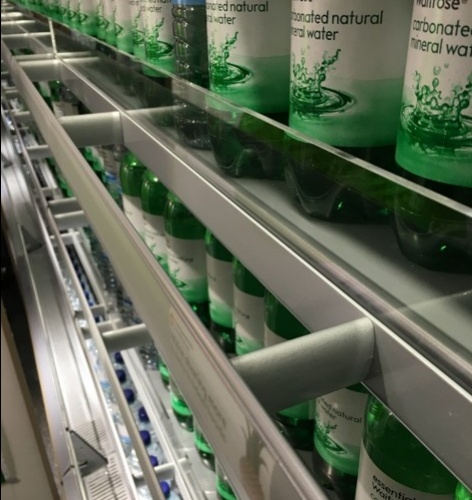
As previously reported by The Engineer the device, which has been inspired by the aerodynamically efficient rear wing on a Williams Formula One car, attaches onto each refrigerator shelf and controls the airflow, ensuring that more of the cool air stays inside the refrigerator cabinet. It has already shown significant reductions in energy consumption in lab tests and is expected to drive an energy reduction of up to 15 per cent across the supermarket’s UK stores.
Developed in collaboration with UK start up Aerofoil Energy Ltd, the technology has already been trialled in 50 Sainsbury’s stores and will now be rolled out across every one of its UK supermarkets where it will either be retrofitted to existing fridges, or fitted as standard to new equipment. An added benefit of the technology for shoppers is that by ensuring less cold air escapes from chiller cabinets, temperatures in the aisles are expected to increase by up to 4°C.
Commenting on the rollout of the technology WAE’s Managing Director Craig Wilson said: “Working with Sainsbury’s shows how Formula One can be a vehicle for change and is another example of how we engineer advantage for our customers. As air quality and sustainability concerns revolutionise traditional industries, there is huge growth potential for our business in deploying energy efficient technology in a range of sectors, not just automotive. Formula One is the ultimate R&D platform which can be applied beyond the racetrack to solve some of society’s most demanding challenges.”





Nanogenerator consumes CO2 to generate electricity
Whoopee, they've solved how to keep a light on but not a lot else.